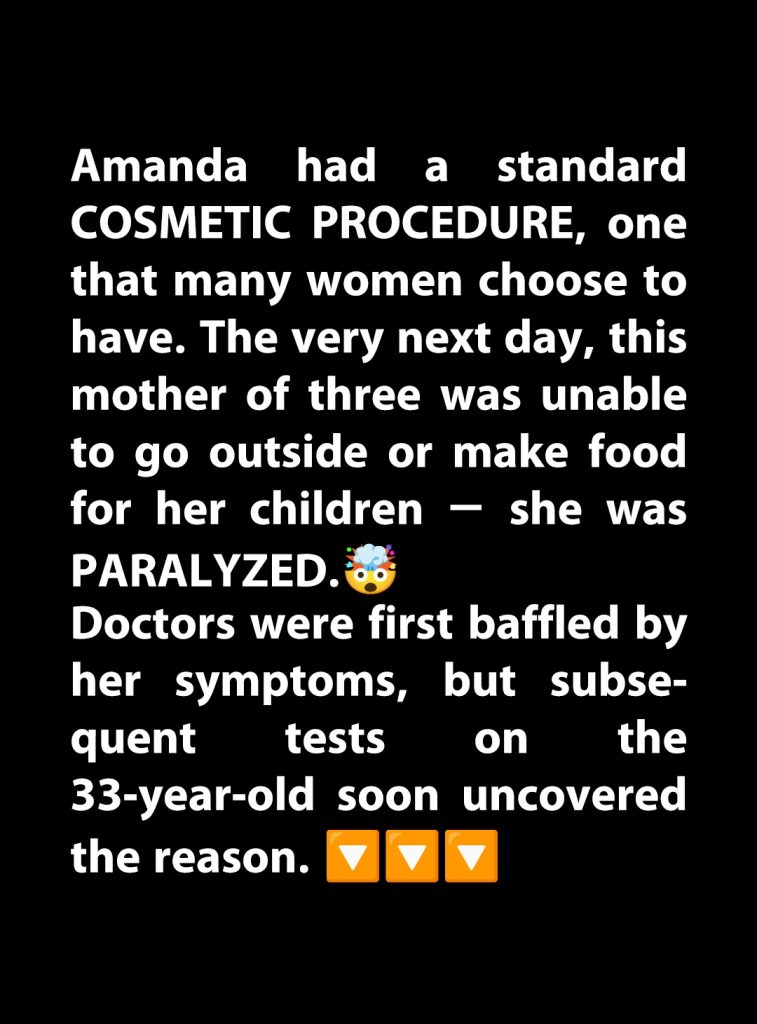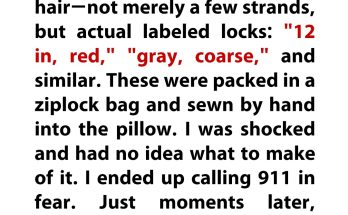Amanda Wolaver, a vibrant 33-year-old mother of three from Goodhope, Georgia, had always embraced cosmetic treatments as part of her self-care. On August 24, 2023, she visited a reputable Atlanta clinic for routine Botox and Dysport injections—104 units targeting her forehead, crow’s feet, and frown lines. She expected nothing more than smoother skin. Instead, she woke the next morning barely able to walk or speak.
What followed was a two-year descent into medical chaos. Initially dismissed as migraines, Amanda’s symptoms—dizziness, weakness, sensory overload—grew unbearable. She lost the ability to cook, drive, or care for her children. Her husband, Josh, became her lifeline as she bounced between hospitals, enduring over a dozen MRIs, CT scans, spinal taps, and even a heart monitor implant. Still, no diagnosis.
Doctors speculated everything from autoimmune disorders to multiple sclerosis. But Amanda knew something deeper was wrong. Her body was failing, and her spirit was unraveling. “I couldn’t be the mother I wanted,” she confessed, watching her children—Landen, Braxton, and Havyn—grow up from the sidelines.
The turning point came in March 2025, when Amanda joined an online forum and discovered others with eerily similar symptoms. The culprit? Iatrogenic botulism—a rare condition caused when botulinum toxin spreads beyond its intended site, attacking the nervous system. A neurologist confirmed it: the very injections meant to enhance her appearance had triggered mini-strokes and partial paralysis.
Amanda’s story is a chilling reminder that even routine procedures carry risks. Her ordeal has sparked conversations about the hidden dangers of cosmetic neurotoxins and the need for better awareness, regulation, and patient advocacy.
Today, Amanda continues to recover, slowly reclaiming her life. But the scars—physical and emotional—remain. Her message is clear: “If it can happen to me, it can happen to anyone.”



